[ad_1]
Fall is actually one among my favorite cases to be throughout the yard. The cooler days and crisper air are a welcome discount after scorching, humid summers and make duties actually really feel a lot much less urgent. Plus, fall greens like cauliflower, broccoli, and rutabagas present ample, chill-sweetened harvests.
Nonetheless, fall gardens are hardly glorious. Though the cooler temperatures and shorter days lead to a decrease in pest pressure, a handful of pests nonetheless stick spherical. When you occur to sort out an extreme quantity of of a laissez-faire technique, cabbage worms and aphids might shortly devour your in some other case glorious crops. Perception me, I’ve been there.
Understanding some frequent fall vegetable pests will make it simpler to distinguish the good guys from the unhealthy bugs. I’ll share some noteworthy pests and make clear helpful administration methods.
Aphids
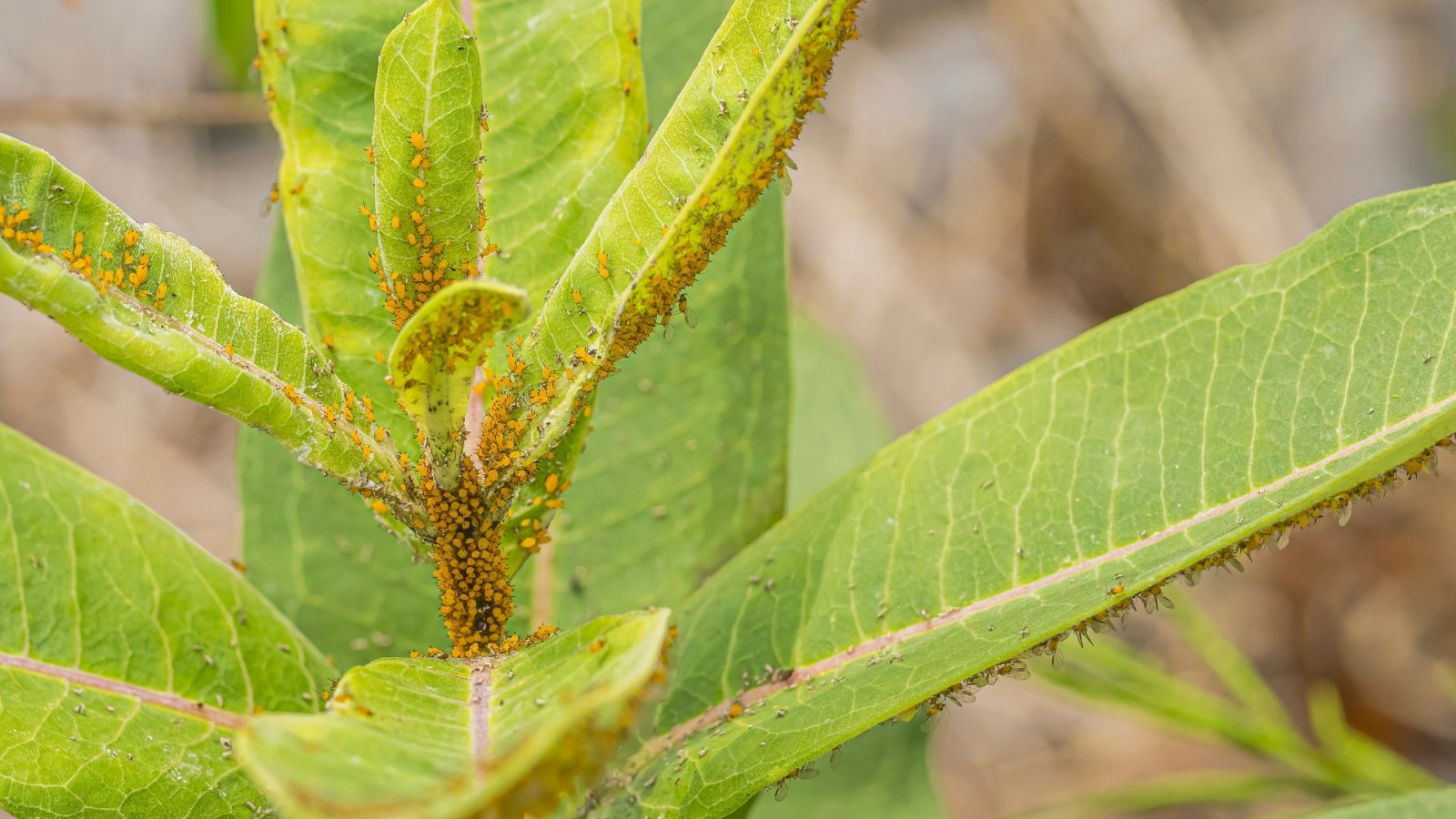

When you occur to’ve grown crops for varied months, you’re most likely accustomed to aphids. These small, soft-bodied pests assault a wide range of crops, from tropical houseplants to tall timber to hardy greens. There are numerous completely totally different aphid species, nonetheless all of them have comparable appearances and feeding methods.
Aphids have small straw-like mouthparts they use to pierce plant leaves after which drink the sap. Although just some aphids gained’t set off any noticeable hurt, these vegetable pests can shortly multiply in any season, along with fall. An aphid can go from a brand new little one nymph to an grownup in beneath per week, and each female aphid can produce over 50 nymphs per week. Which implies ten aphids can develop to over 1,000,000 in about six weeks!
Whereas aphids reproduce and mature slower throughout the fall than they do within the summertime, small populations can nonetheless develop shortly. And these larger populations can severely weaken all types of vegetable crops. On account of this reality, it’s best to get aphids beneath administration as shortly as you see them.
Administration Selections
Although aphids are prevalent throughout the yard, many pure predators feed on them. Sustaining a varied habitat and avoiding broad-spectrum pesticides will encourage the presence of useful bugs like ladybugs, inexperienced lacewings, and parasitic wasps. These predators can search out aphids and eat them sooner than they’ve time to balloon into an enormous disadvantage.
Even while you try and protect a healthful ecosystem, aphids ought to develop to be a difficulty worth treating. When you occur to find a dozen or so of the pests in your crops, you might wipe them off with a moist, soapy rag. You can also attempt to clear them off your crops with a extremely efficient spray of the hose.
Larger outbreaks usually require additional intensive methods. Spraying the soft-bodied pests with neem oil, insecticidal cleansing cleaning soap, or one different form of horticultural oil will kill them. Ensure the spray contacts the pests for the best outcomes. Spray exterior peak pollinator train throughout the early morning or at dusk. A lightweight-weight mist is enough.
Harlequin Bugs
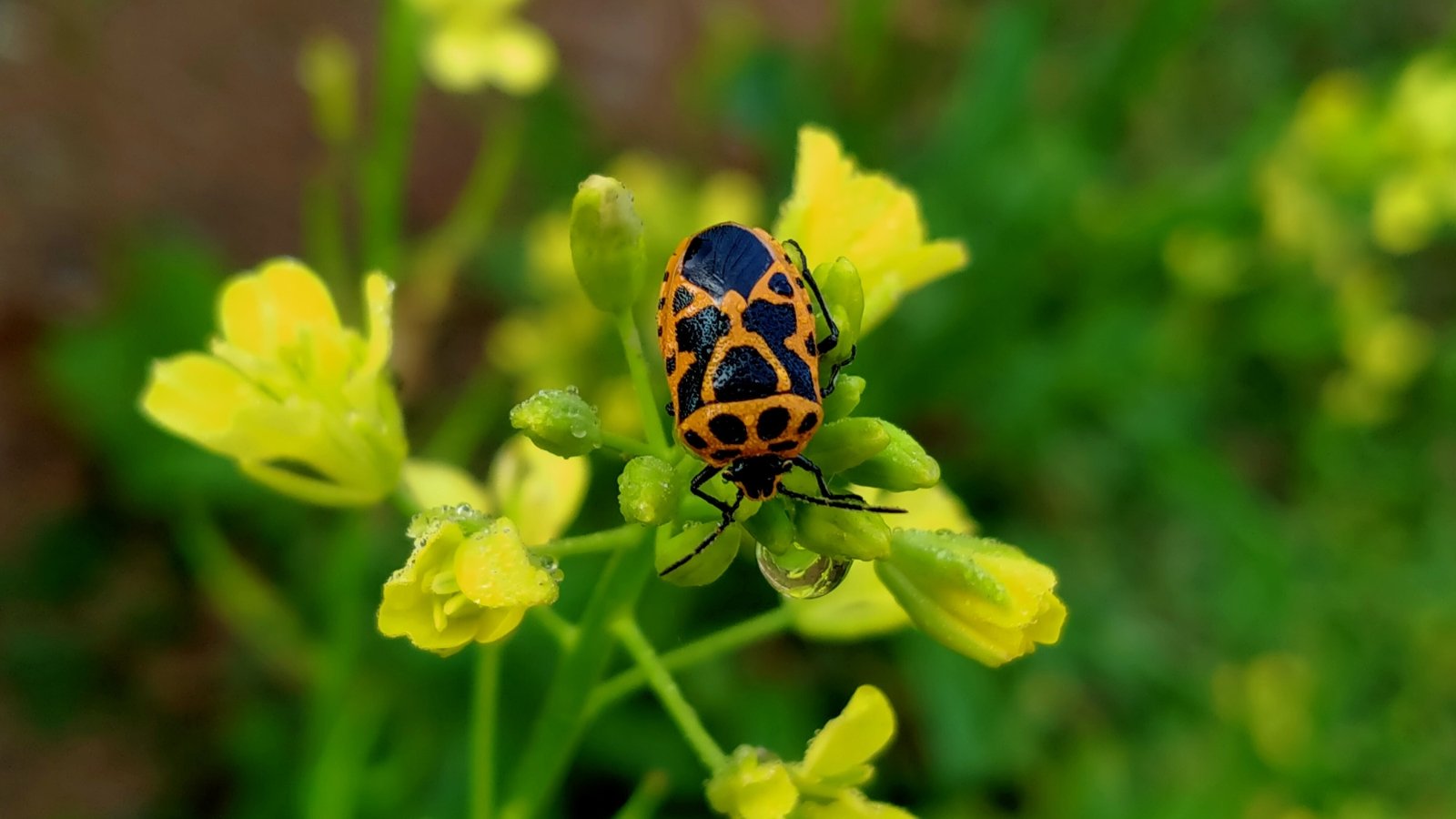

Harlequin bugs might look beautiful, nonetheless don’t let their intricate pink, black, and white patterns fool you. These pests can set off essential hurt!
By means of the autumn, you’re virtually actually to determine the grownup kind of the pest in your greens. They’re about half an inch prolonged with shield-shaped our our bodies very similar to stink bugs. In hotter areas, chances are high you will proceed to see the black and white striped eggs and small black and pink nymphs all by the autumn.
These true bugs assault members of the Brassicae family, much like kale, cabbage, cauliflower, and broccoli. They use their piercing/sucking mouthparts to drink up plant sap, and their feeding leads to yellow or brown spots on leaves. When harlequin bugs appear in huge numbers, they may severely weaken and even kill crops. On account of this reality, it’s most interesting to get them beneath administration as shortly as you see them appear.
Administration Selections
When you occur to identify a handful of adults hanging spherical your cabbage crops or munching in your turnip greens, use your fingers to squash them. This typically is a messy job, nonetheless sporting gloves makes it additional manageable. You can also determine the bugs off and place them in a container filled with soapy water. The an identical goes for any egg heaps chances are high you will uncover.
You presumably can take care of larger infestations with pure pesticides like neem oil and insecticidal cleansing cleaning soap. Given that bugs generally lay their eggs on the undersides of leaves, make certain that to spray all sides of the foliage. You would possibly should make repeated features to completely eradicate them.
Armyworms
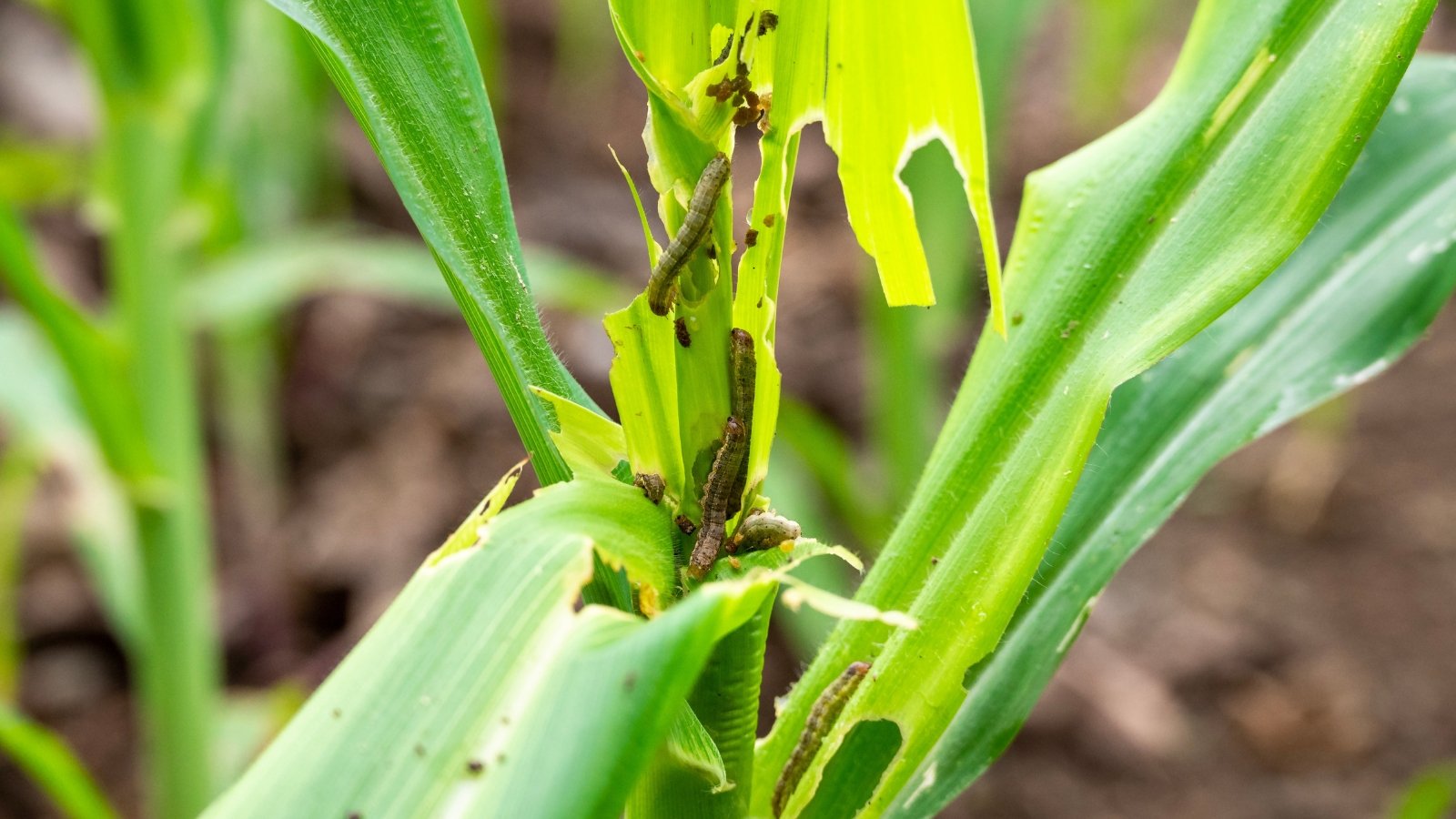

Quite a lot of species of armyworms can develop to be pests throughout the fall veggie yard. These embrace the autumn armyworm, beet armyworm, and southern armyworm. All types of armyworms are juvenile kinds of moths.
The juveniles are caterpillars that fluctuate in look counting on the species, age of larvae, and specific particular person. The larvae emerge decrease than 1 / 4 of an inch prolonged and develop to barely over an inch. They is perhaps inexperienced, gray, black, brown, or some combination of these colors.
Armyworms get their determine from their tendency to journey in groups when trying to find new meals sources. On account of this reality, huge numbers of pests can appear directly.
The affected crops vary counting on the armyworm species. Some veggies impacted embrace beets, broccoli, lettuce, and cabbage. Although you might usually spot the pests themselves, you may also uncover irregularly fashioned holes throughout the leaves.
Administration Selections
One approach to take care of armyworms is to bodily take away them from the crops. Nonetheless, that’s usually powerful if the caterpillars are very small or present in huge numbers.
One different administration alternative comprises spraying the affected crops with a naturally occurring soil micro organism often called Bacillus thuringiensis (Bt). As a result of the armyworms eat the Bt, they stop feeding and at last die. Although Bt harms these caterpillars, it gained’t affect useful bugs like parasitic wasps, inexperienced lacewings, and hoverflies. It will affect totally different caterpillars, though.
Cabbage Worms
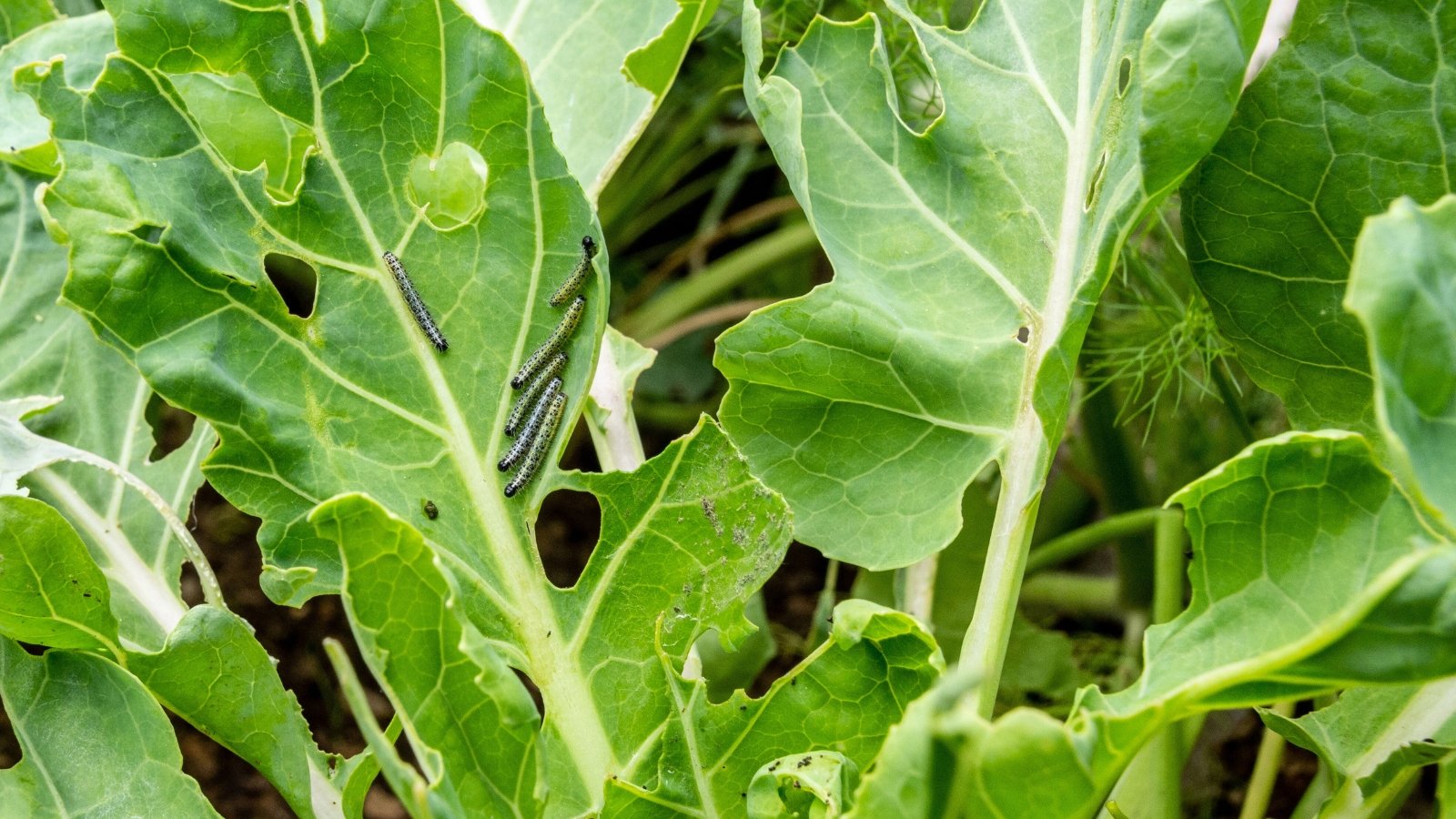

Cabbage worms are frequent fall pests that assault a variety of brassica-family greens. Just a few of their favorite crops embrace cabbage, turnips, broccoli, cauliflower, kale, collards, and bok choy. They chew on the leaves, leading to ragged holes and presumably defoliated crops.
The caterpillars vary in look counting on the species. Imported cabbage worms are delicate inexperienced. Cross-striped cabbage worms have delicate blue and black striped backs and massive yellow and black stripes all through the edges of their our our bodies.
Every of the species mature into moths that lay their eggs on the undersides of leaves. The imported cabbageworm lays single, delicate yellow rectangular eggs, whereas the cross-striped worm lays clusters of flat, yellow eggs.
Administration Selections
One of many easiest methods to manage cabbage worms is set by the number of worms in your crops. When you occur to identify a handful of worms and eggs, you might take away them by hand. Nonetheless, bear in mind the adults will proceed to place eggs in your crops.
In case you’ve gotten a giant infestation and loads of tiny caterpillars, you might spray the crops with Bt. This micro organism enters into the digestive tracts of members of the Lepidoptera family and stops them from feeding. It isn’t going to harm totally different bugs, nonetheless it’s best to on a regular basis observe software program instructions when using it.
Cabbage Loopers
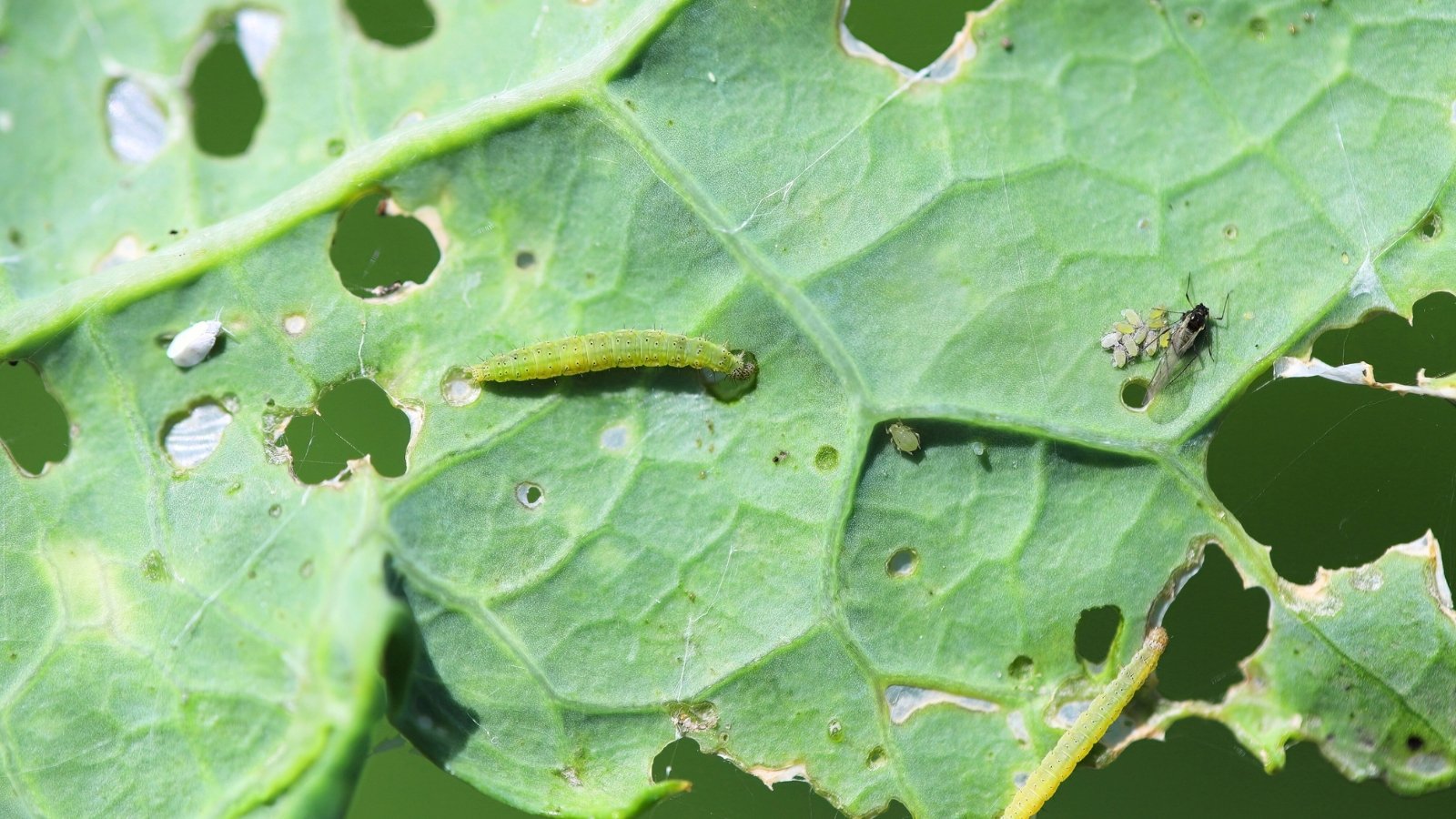

Although some gardeners usually confuse them with cabbage worms, cabbage loopers are a totally completely totally different pest. They’re additional slender than totally different comparable pests and switch like an inchworm. They’re moreover on a regular basis delicate inexperienced, with faint white stripes down their sides.
These pests feed on fairly just a few fall brassica-family greens, along with cabbage, kale, broccoli, cauliflower, and collards. Although they’re present all by a whole lot of the rising season, you’ll usually uncover a essential improve in train throughout the fall.
When the larvae are youthful, they feed on the undersides of leaves. On account of this reality, chances are high you will not uncover they’re there after they first appear. As they become old, they chew by means of your total leaf, inflicting irregular holes. If left untreated, they may defoliate full leaves.
Along with in search of the larvae, you might as nicely preserve a be careful for the eggs and adults. The adults are small brown moths usually referred to as owlet moths. These moths lay single delicate yellow eggs on brassica leaves.
Administration Selections
One approach to administration cabbage loopers is to take away the eggs and larvae by hand. You presumably can each crush them in your fingers or place them in a bucket filled with soapy water.
One other alternative is to spray the contaminated crops with Bt. It’s a naturally occurring soil micro organism that harms the digestive tracts of moth and butterfly larvae. When the cabbage loopers ingest the micro organism, they stop feeding and die. Since Bt washes off throughout the rain, you will probably should spray your crops as quickly as every week.
You can also exclude cabbage loopers out of your plant with row cowl. Merely make certain that there aren’t any eggs or larvae in your crops sooner than you cowl them!
Flea Beetles
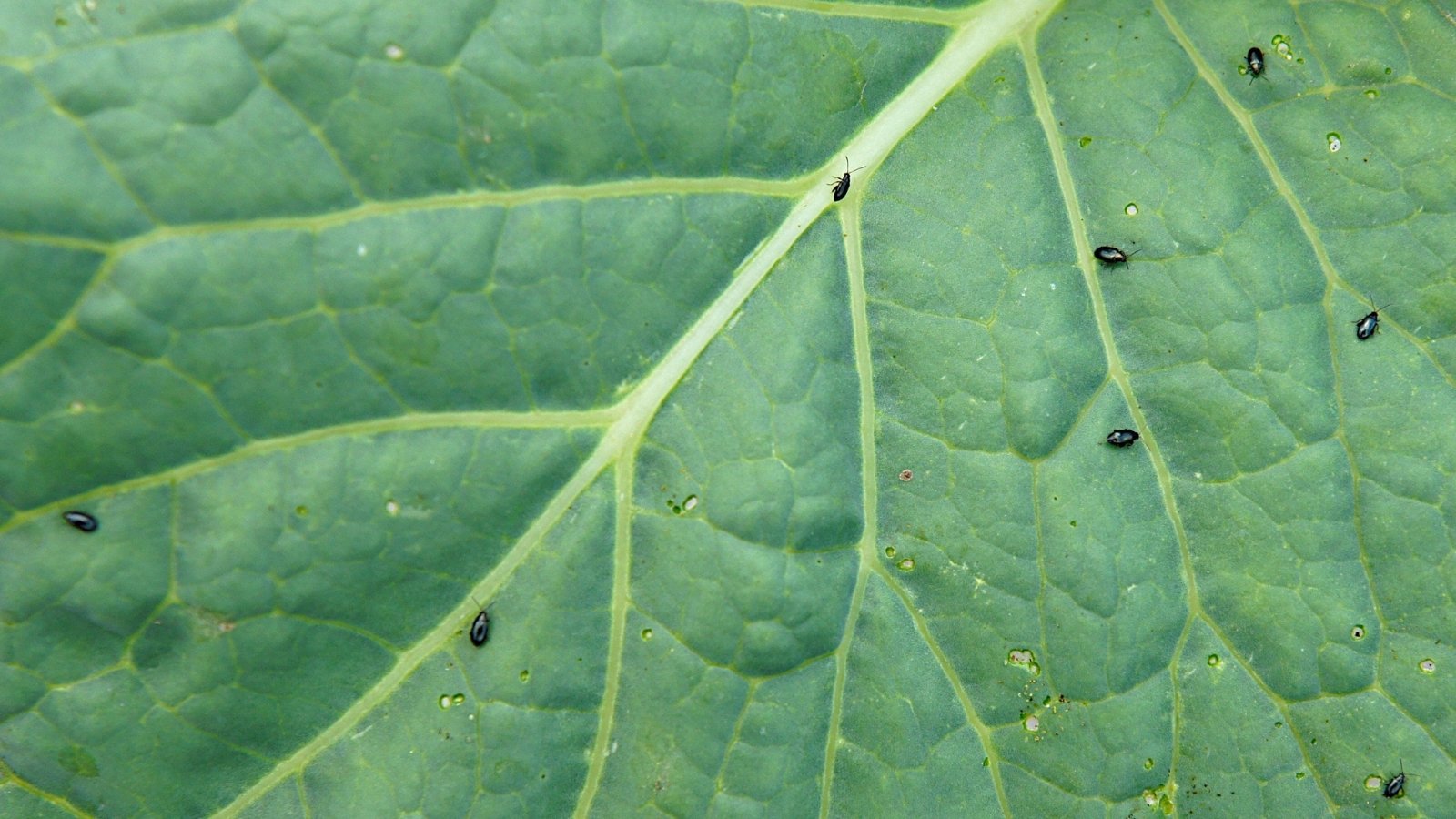

Although they’re small, flea beetles can shortly decimate leafy brassicas like arugula, radish greens, kale, collards, and bok choy. Some species moreover eat crops like spinach, peppers, and eggplant. These pests are generally an even bigger disadvantage in warmth local weather nonetheless keep throughout the yard into the autumn.
There are a selection of flea beetle species, nonetheless all of them look comparable. They’ve rectangular our our bodies which is perhaps black, bronze, or gray and slender legs they use to leap temporary distances. Most species are decrease than 1 / 4 of an inch prolonged. No matter their small dimension, they may eat hundreds in a day, leaving small ‘shothole’ hurt throughout the leaves.
Flea beetles aren’t extra more likely to kill crops, nonetheless they lead to ugly leaves. Over time, crops can develop to be stunted and weak due to the hurt.
Administration Selections
Among the many finest strategies to cease flea beetle hurt is to bodily exclude the tiny bugs out of your crops. You presumably can lay a piece of row cowl or insect netting over your crops and secure the edges to the underside with sandbags or totally different heavy objects. Merely make certain that there aren’t any pests in your crops sooner than you cowl them, in any other case you’ll merely be trapping them in.
You can also spray the pests with pure pesticides. Some environment friendly decisions embrace pyrethrins and spinosad. When you occur to pick to utilize chemical controls, make certain that to scrupulously observe product instructions.
Cutworms
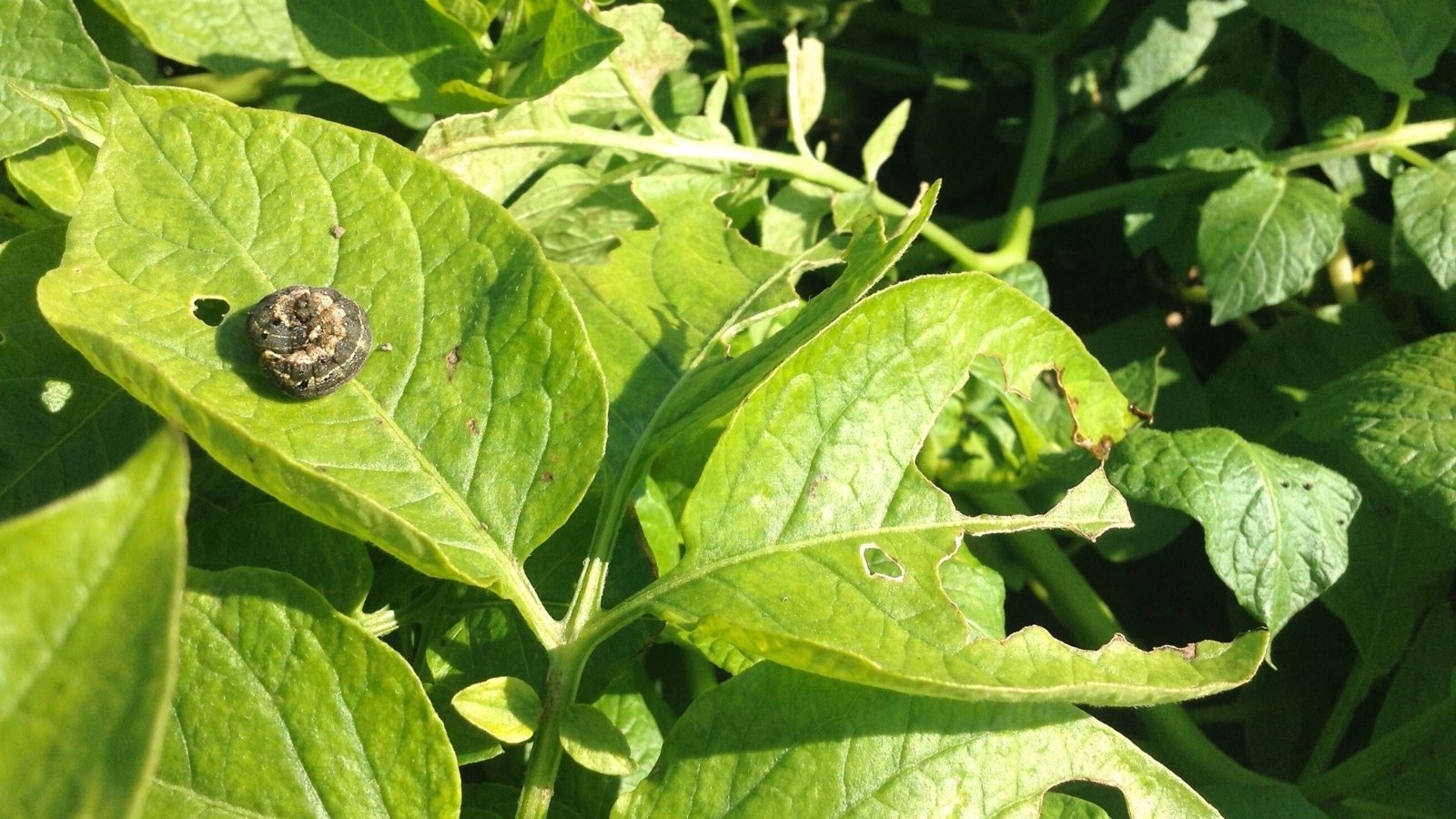

Cutworm is the generic determine for moth larvae that feed on youthful plant stems. The larvae cut back all by the stem, inflicting the seedlings to fall to the underside. Since cutworms eat small stems, seedlings are primarily essentially the most weak to wreck. The pests feed on a variety of crops, along with cabbage, kale, collards, beans, peppers, and lettuce.
Although the completely totally different species vary in look, they share some similarities. The larvae are plump, hairless, and some variation of brown, black, and gray. They usually curl up proper right into a C-shape when touched.
The worms usually conceal in particles all through the day and feed at evening time. On account of this reality, it might be powerful to determine them. Nonetheless, digging near the bases of the contaminated crops will usually reveal the pests.
Administration Selections
Since cutworms conceal beneath soil particles, avoid mulching near the underside of not too way back transplanted seedlings. You presumably can add mulch as quickly because the seedlings are larger. You additionally must preserve your yard weed-free and take away any plant particles that falls on the underside.
Given that cutworms eat by means of full stems, spraying crops with pesticides isn’t environment friendly. Nonetheless, you might bodily defend tender seedlings by placing a cardboard or aluminum foil collar throughout the bottom of the stem. Place an inch or two of the material beneath the soil and depart one different two inches above the underside.
[ad_2]

